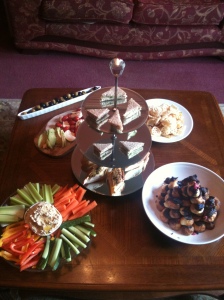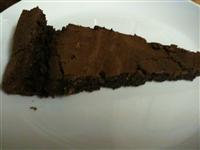This evening while working on a few bits for the shop I started to think about local food. This weekend I will be attending the Welsh Food Festival, which is a fantastic festival highlighting great producers from Wales and many from Shropshire and the surrounding borders. Next weekend the Ludlow Food Festival will also take place, so this is partly why I’ve got the subject of local food in my mind.
I’m really passionate about locally produced and sourced food; having worked within Food retail for nearly 10 years, and producing my own chocolates for the last 2 years it’s something in my blood which I automatically look out for. I love finding out the history behind locally produced food, and do personally believe you can tell the difference when sampling food and drink which has been carefully produced within the area you live. Firstly the quality is usually better as it’s been grown or made in small batches; secondly each area has its own individual flavours. I know the UK is pretty small compared to other countries, so some produce and recipes do spread across
the nation, but all regions have their own way of making and serving.
I decided to ask my followers on twitter what flavour they thought best represented Shropshire, and I had several fantastic responses. I have decided to produce a poll, so I can tweet about this further and hopefully get some votes and comments. I would really appreciate any comments especially as I found tonight that several items featured highly on peoples tweets; these included Honey, Beer and Shropshire Blue.
Interestingly and pointed out by @ShrpshirePrune, Shropshire Blue doesn’t actually originate from Shropshire. After doing a little bit of research I found out that Shropshire Blue originates from Castle Stuart Dairies in Inverness, please click here to find out more. It’s now made in Nottinghamshire, and produced by Ludlow Food Centre. After a little more research and help on Twitter I have found out that Shropshire Cheese Company also make Shropshire Blue and have won several awards from the Heart of Fine Foods. @ShrpshirePrune also noticed no one mentioned Fidget Pie; the pie has been around for over 400 years and really is one of the unique recipes to come out of Shropshire. I can only presume Fidget Pie wasn’t mentioned because it’s not that popular. It’s definitely not as widely available as it probably should be.
I personally associate fruity flavours with Shropshire, but since asking the question on twitter I have started to think about all the other flavours, including the varieties of game we have on offer.
So if you have any comments of what flavour you think best represents Shropshire please let me know and if your suggestion isn’t already on the poll please add to it. I will be revisiting this topic regularly 🙂












